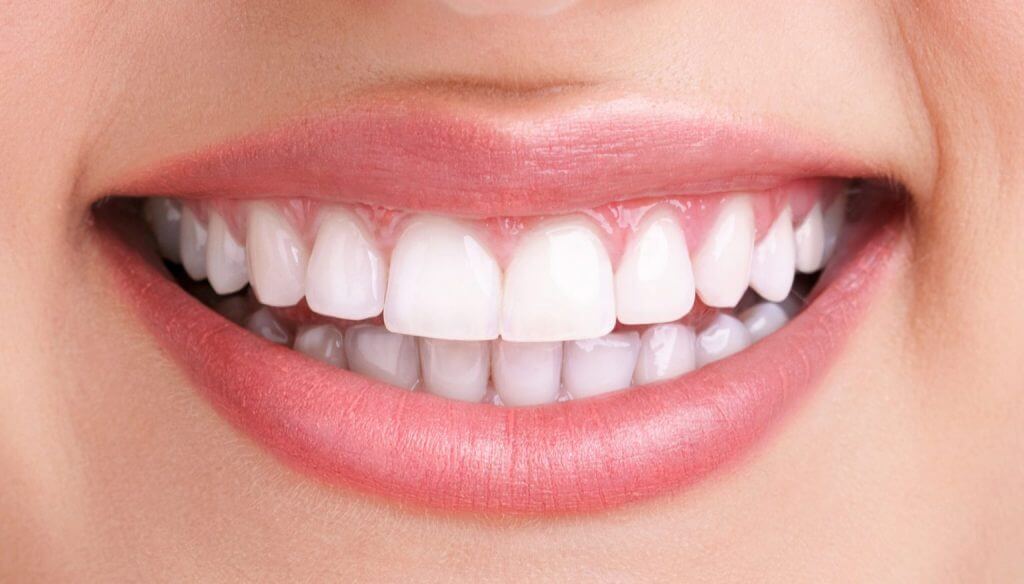One of the treatments for sleep apnea is an oral appliance. Because they are more comfortable than wearing a mask and are portable and simple to move around, many patients choose this kind of equipment. It is a practical and minimally intrusive method of treating sleep apnea symptoms. For more information on how an oral dental appliance treats sleep apnea, keep reading.
How Oral Appliances For Sleep Apnea Work
The appliance, which resembles a dental retainer, goes over the upper and lower teeth. In order to prevent airway obstruction even when the muscles around the airways entirely rest while you sleep, it moves and holds the tongue and jaw forward.
The jaw’s ability to protrude is solely constrained by the piston and tube that connect the upper and lower portions. The tubes lower and the chin is held forward as soon as the muscles in deep sleep relax. Throughout sleep, the airway will stay open, allowing the patient to breathe normally.
Points To Consider With Oral Appliances
Only mild to moderate cases of sleep apnea should use an oral appliance. An oral device may not be recommended for people with severe sleep apnea since the support may not be sufficient for the impaired airway. For a patient to better tolerate the CPAP machine, the dentist may also suggest mouth appliances.
The jaw should have significantly progressed after utilizing the gadget for roughly two to six months. The lower jaw will initially slip forward somewhat as a result of the appliance, and as patients become accustomed to this and their jaw muscles relax, the dentist will exert more pressure. To lessen the likelihood of negative effects, the treatment is carried out gradually. The dental appliance will be properly optimized for treating sleep apnea by the time the adjustment period is over.
Getting A Dental Appliance
On the internet, there are numerous suppliers of oral appliances. Despite being relatively cheap, these devices are typically ineffective for treating sleep apnea. They are not custom-fit, and poorly fitting oral appliances can result in tooth loss and teeth shifting. A dentist with experience in providing the dental appliance should be sought out. The dentist will conduct a crucial evaluation to determine whether the device will be successful in treating sleep apnea.
Molds or impressions of the patient’s teeth are made when they visit the dentist. The dentist will use the imprints to produce a plaster cast of the patient’s bite and execute a trial fitting to determine how well the mandibular advancement devices will work. The procedure could not be successful if the patient is unable to pull their jaw forward adequately.
Final Note
Snoring and sleep apnea can both be effectively treated with an oral appliance. You must contact a skilled general dentist and make sure the gadget is installed and adjusted on a regular basis. Check out Google to see what people are saying about our services: Testimonials for Seablue Dental



